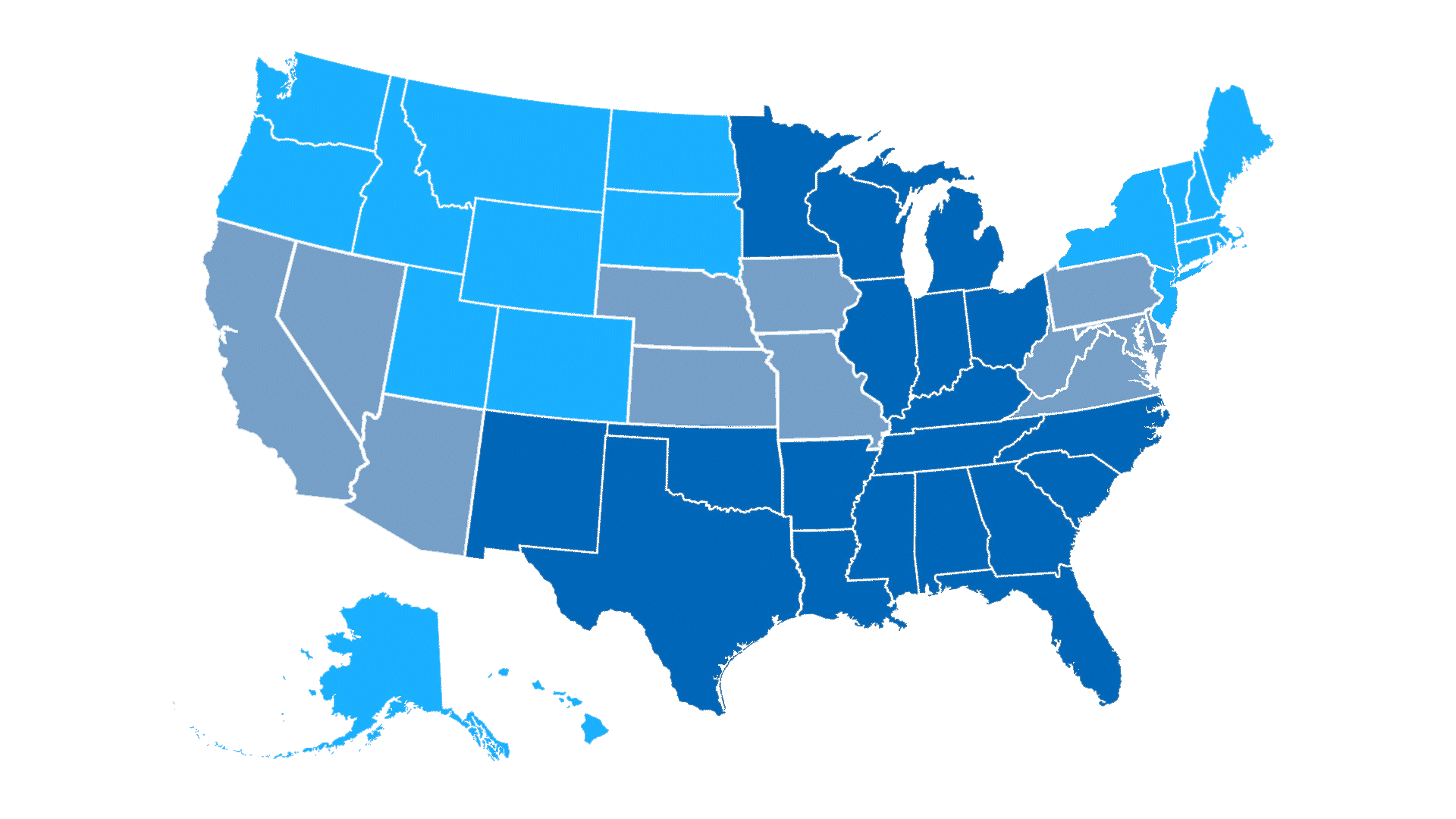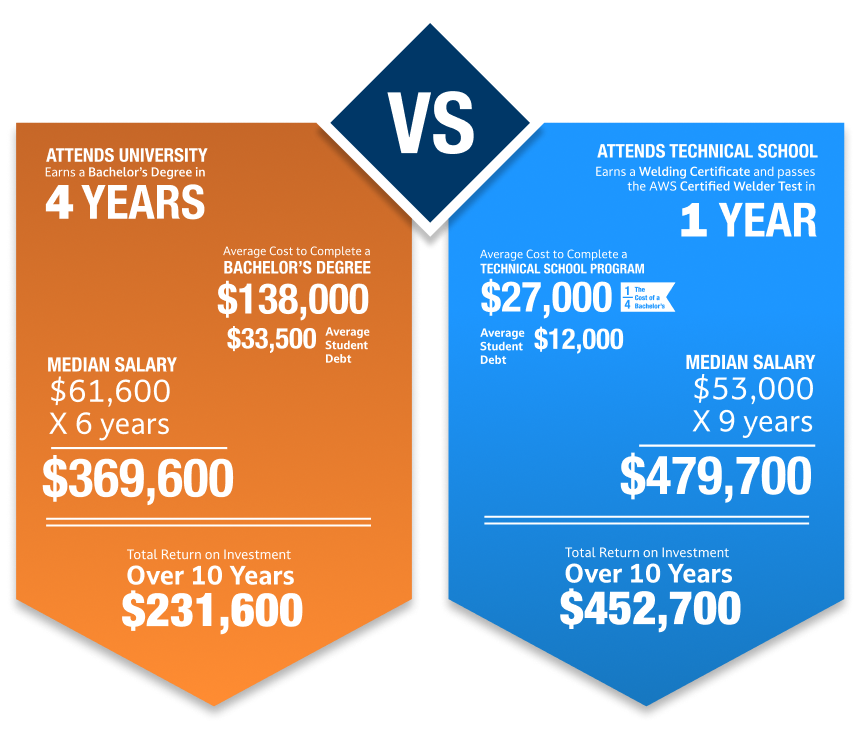SHINING A LIGHT ON
THE WELDING WORKFORCE

HIGH DEMAND.
SKILL GAP.
CRITICAL NEED.
EXPLORE THE LATEST
WORKFORCE DATA FOR WELDING
Discover comprehensive welding employment statistics, workforce projections, and welding career outlook insights endorsed by the American Welding Society (AWS). Our data highlights the pressing need to strengthen the welding talent pipeline nationwide.
Why is Demand So High?
320,500 PROJECTED OPENINGS
What defines a welding professional?
The AWS Foundation classifies six key occupations where welding is a primary function, based on Bureau of Labor Statistics data.
Learn more about these critical welding occupations and career paths at Careersinwelding.com.
and Fitters
and Brazers
Machine Setters, Operators,
and Tenders
SNAPSHOT:
THE CURRENT WELDING WORKFORCE

771,000
Estimated number of U.S. welding professionals as of 2025.
AGE OF CURRENT WELDERS

MORE THAN 157,000
WELDING PROFESSIONALS ARE
APPROACHING RETIREMENT
WORKFORCE DEMOGRAPHICS
Percentage of welders who are WOMEN

Percentage of welders who are
NON-WHITE OR OF MULTIPLE RACES.

Average Hourly Earnings
National Median Salary
WELDING CAREER
OUTLOOK AND EARNINGS
Welding wages vary by region, experience, certifications, and specific occupations.
REGIONAL DISTRIBUTION OF WELDING JOBS
How the current welding workforce is distributed, by region (2025):

159,500
Illinois, Indiana, Michigan, Minnesota, Ohio, Wisconsin
140,000
Arkansas, Louisiana, New Mexico, Oklahoma, Texas
156,000
Alabama, Florida, Georgia, Kentucky, Mississippi, North Carolina, South Carolina, Tennessee
78,000
Arizona, California, Nevada
50,000
Iowa, Kansas, Missouri, Nebraska
57,000
DC, Delaware, Maryland, Pennsylvania, Virginia, West Virginia
32,000
New Jersey, New York
28,000
Connecticut, Maine, Massachusetts, New Hampshire, Rhode Island, Vermont
33,500
Colorado, Montana, North Dakota, South Dakota, Utah, Wyoming
35,000
Alaska, Hawaii, Idaho, Oregon, Washington
EDUCATION & TRAINING PATHWAYS
FOR WELDING CAREERS
Multiple pathways exist to enter the welding profession, each varying in length, credential, and cost:

Welding Certificate

Associate Degree

Journeyman’s Card

Bachelor’s Degree
Typical Length of Program
Attending technical school offers a faster, cost-effective route into welding careers compared to four-year degrees, helping to close the welding skills gap quickly.

WELDING TALENT PIPELINE
-
 25%Share of scholarships awarded to female welding students.
25%Share of scholarships awarded to female welding students. -
 $2.7 MillionScholarship funds awarded.
$2.7 MillionScholarship funds awarded. -
 1,600+Students supported annually.
1,600+Students supported annually. -
 $3 MillionGrants and program support.
$3 MillionGrants and program support. -
 $2.5 Million+Support for schools and training.
$2.5 Million+Support for schools and training.
MEDIA INQUIRIES
Start the Conversation with AWS












